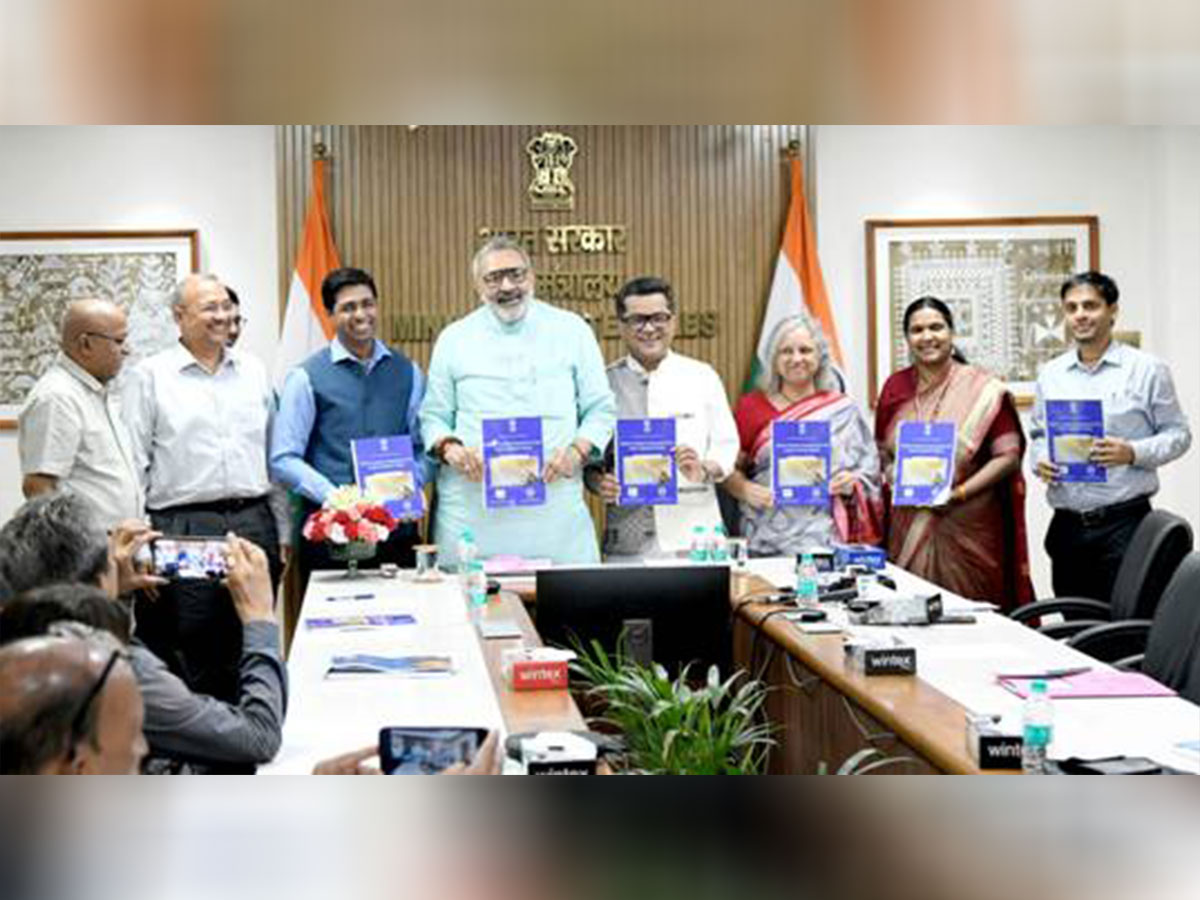Paving the Way for Sustainable Handlooms: New Book Launches Carbon Footprint Guide
The book 'Carbon Footprint Assessment in the Indian Handloom Sector' outlines methods to measure and reduce carbon emissions, blending cultural richness with sustainability. It highlights handlooms' role in empowering women, eco-friendly production, and meeting global standards through collaborations among various stakeholders and government bodies.

- Country:
- India
On Wednesday, Union Minister of Textiles Giriraj Singh unveiled a pivotal publication titled 'Carbon Footprint Assessment in the Indian Handloom Sector: Methods and Case Studies'. Created in collaboration between the Office of Development Commissioner for Handlooms, Ministry of Textiles, and IIT Delhi's Department of Textiles & Fibre Engineering, the book embodies India's commitment to sustainable development and eco-friendly practices within the handloom sector.
The handloom industry is a cornerstone of rural and semi-rural employment, engaging over 3.5 million people, with over 2.5 million being women. Celebrated for its less capital-intensive nature and adaptability, handloom weaving forms a crucial part of India's cultural tapestry. The book emphasizes the sector's potential in sustainable fashion, highlighting its eco-friendly initiatives and adaptability to market demands.
The publication includes straightforward guidelines for assessing carbon emissions through case studies featuring iconic products like Ikat and Banarasi sarees. With methodologies tailored for the handloom sector, it was developed through extensive cooperation among the Development Commissioner for Handlooms, IIT Delhi, and other entities including grassroots weaver groups. By integrating global climate standards, the book marks a major step in steering the sector towards sustainable growth.
The Ministry calls upon stakeholders, media, and the public to delve into the report's findings, which signify a significant progression toward a sustainable and robust Indian textile industry.
(With inputs from agencies.)
ALSO READ
Tibetan Leader Urges Global Youth to Uphold Cultural Heritage and Advocacy
Teej Mahotsav 2025 Celebrates Women's Empowerment and Cultural Heritage
Return of the Piprahwa Gems: A Triumph for India's Cultural Heritage
Return of the Sacred Piprahwa Relics: A Triumph for India's Cultural Heritage
Unlocking Cultural Heritage: The Impact of Geographical Indications in India









